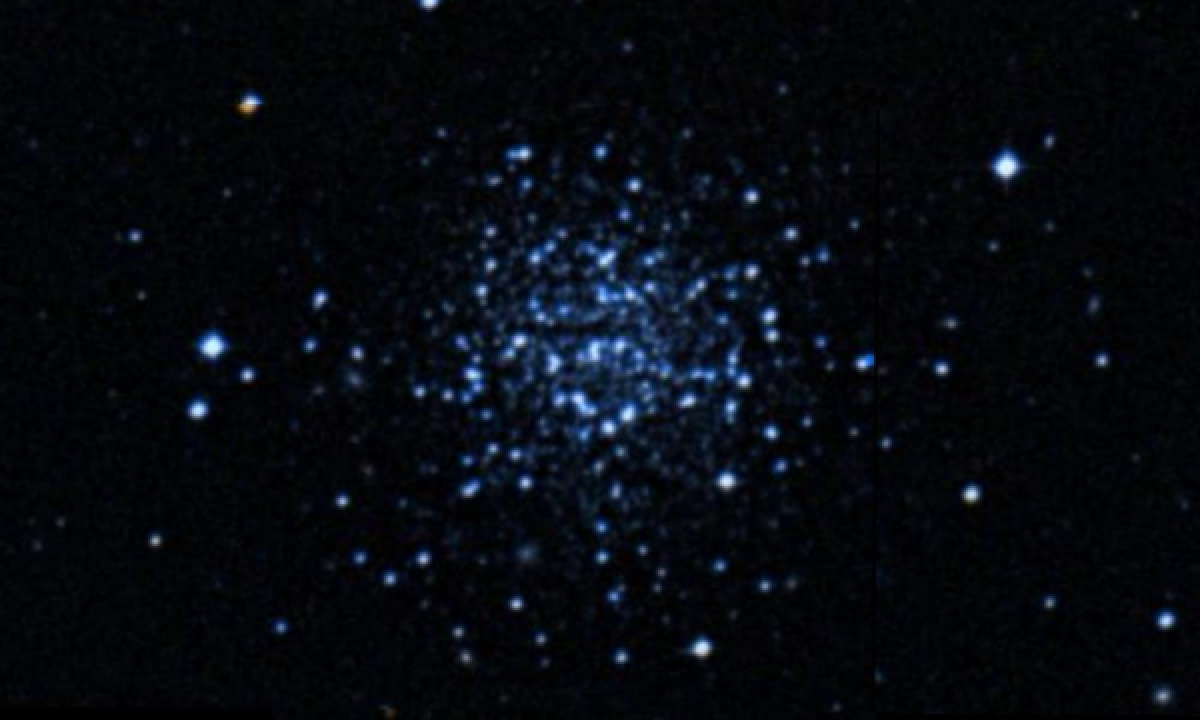The New General Catalogue of Nebulae and Clusters of Stars (abbreviated as NGC) is a catalogue of deep-sky objects compiled by John Louis Emil Dreyer in 1888. The NGC contains 7,840 objects, known as the NGC objects. It is one of the largest comprehensive catalogues, as it includes all types of deep space objects, including galaxies, star clusters, emission nebulae and absorption nebulae.
Know more about NGC
NGC 7492

NGC 7492 is a globular cluster in the constellation Aquarius. It was discovered by the astronomer William Herschel on September 20, 1786. It resides in the outskirts of the Milky Way, about 80,000 light-years away, more than twice the distance between the Sun and the center of the galaxy, and is a benchmark member of the outer galactic halo. The cluster is immersed in, but does not kinematically belong to, the Sagittarius Stream. NGC 7492 possess a tidal tail 3.5 degrees long, embedded into an over-density of stars which may be the remnants of a disrupted dwarf galaxy. The shape of the cluster is flattened rather than spherical, likely due to dynamical interaction with the Milky Way.
More Images:

Sources:
Wikipedia Page: NGC 7492
NGC 7492 at In-The-Sky website
